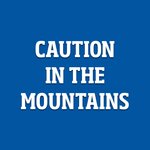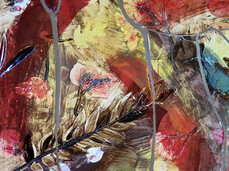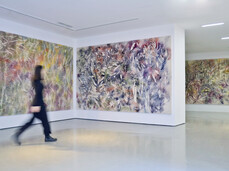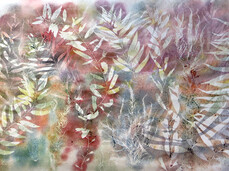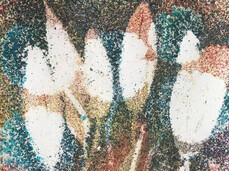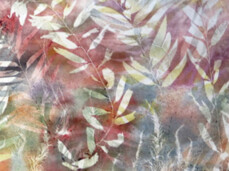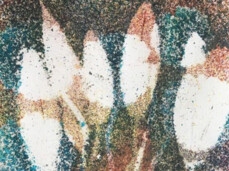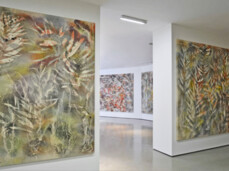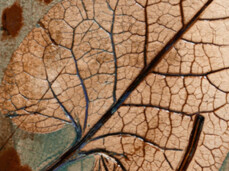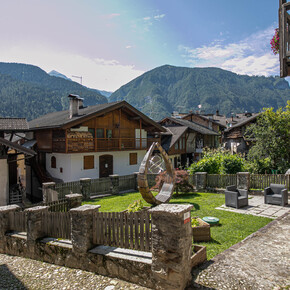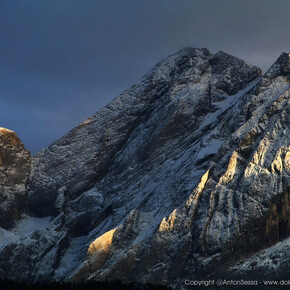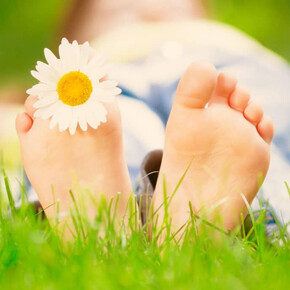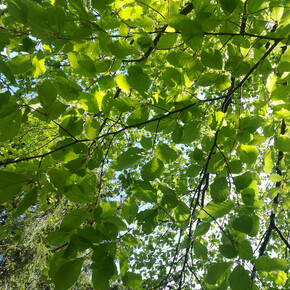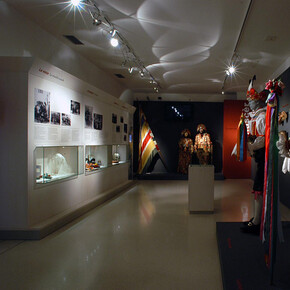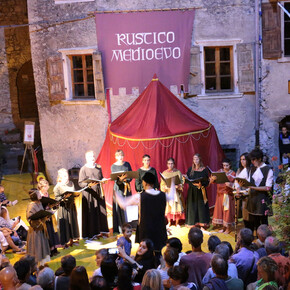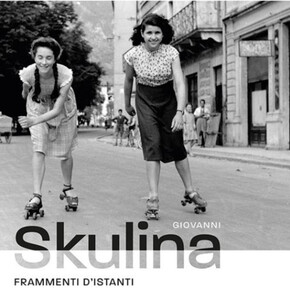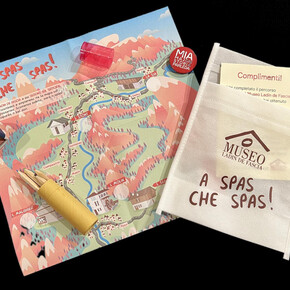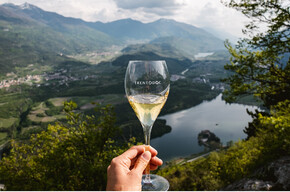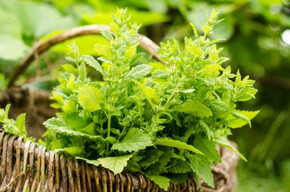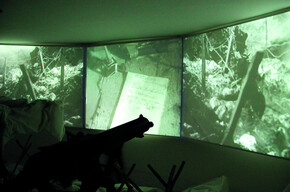Sam Falls: Nature is the New Minimalism
Paintings, sketches, sculptures, installations and videos specially created for the Galleria Civica take visitors through an exploration of colour and natural processes.
The Galleria Civica in Trento presents the first solo exhibition in a European museum by US artist Sam Falls. Among the most well-known artists of his generation, he has received international acknowledgements and awards from a very young age, building up one of the most brilliant careers of recent years.
Nature Is The New Minimalism is the title of the solo exhibition by Sam Falls (San Diego, 1984) at the Galleria Civica in Trento; on display is a core group of over 40 works, most of which exhibited for the first time, created in recent months.
Sam Falls’ work seems to proceed in two directions: on one hand there is the exploration of nearby, familiar places, suggesting a biographical investigation; on the other there is the universality of an analysis of nature and landscape.
The relationship between artist, environment and time operates a process of reduction of reality that brings out the objectuality and physicality of the work, in search of a new minimalism.
In the first two rooms, large site-specific canvases cover the walls of the Gallery. Visitors go through a place never experienced, made of evocations and colours. In the loss of references and details, natural contours and recognizable forms are sensed. These are rain paintings, which, like analogue photographs, render impressions of something that has existed and is fixed on the canvas. To create them, the artist lays the medium down on the floor, covers it with a composition of leaves, flowers and branches, sprinkles it with coloured pigments and leaves it exposed to the sun, wind, rain. The water and light ensure that the colours are distributed around the plant elements and absorbed, creating a luxuriant coloured abstraction that recalls the great US artistic movements of Abstract Expressionism and Color Field Painting.
The rain paintings exhibited in Trento were created on the beaches of Leo Carrillo State Park near Los Angeles, where Falls resides. As a matrix, the artist has used large algae removed during dips in the Pacific Ocean. The salt air, the wind, the humidity, the rain and the sun have contributed to making the works what they are. The process was repeated a second time, almost giving the canvases a dream-like three-dimensionality.
The exhibition continues with the display of eight rain drawings, created with the same technique using flowers and plants picked from the garden of his home.
The research into the relationship between people and environment continues on the basement floor of the Gallery; this is recognized by Falls as one of the most urgent, fascinating topics of debate in contemporary societies.
Two paraffin and neon sculptures, created in Trento in the days before the opening of the exhibition, welcome visitors. Sam Falls dwells on a reflection on the most fragile environments on the planet: the Arctic and Antarctic, the northernmost and southernmost areas of the globe, kingdoms of eternal ice where mankind’s presence is alien and threatening for the ecosystems.
The layout then places the extensive production of ceramic sculptures at the centre, both on the walls and free-standing. The hand-worked clay contains plants gathered in the areas surrounding Los Angeles, which, when inserted into the works, form their texture. In the artist’s intentions, each ceramic work will forever conserve a very specific plant or a set of plants from a specific area.
The research into nature as object-subject of art is completed by two videos in which the artist’s thought emerges with greater clarity.
In the first, Falls films the city of Los Angeles on one of its rare rainy days: this is the only moment when people’s frantic activities seem to have a moment’s pause, leaving the roads and sidewalks unusually empty.
The second video, presented in an unprecedented trisected version, describes the projection of the shadow of some trees onto the cement façade of a factory over the course of a day, suggesting a possibility of poetic interpretation of a building that would otherwise be cold and merely functional to the production of consumer goods.
In the outdoor courtyard of the Galleria Civica, as a small monument, a stone and corten steel sculpture forms the ideal closure of the exhibition. During the three months of the exhibition, in contact with the air and rain, the corten will gradually change its colour tones. Also in this case the slow, constant action of atmospheric agents will modify the appearance of the work.
All the works on display are the product of an overlapping of natural and artistic processes, partly envisaged and guided by the artist, partly unpredictable. The rain paintings and rain drawings have been subject to the action of the atmospheric agents that have determined the final result; the paraffin and neon installations and the stone and corten sculpture are slowly modified during the course of the exhibition. If water is the element that brings about the final appearance of rain paintings and drawings, it is fire that transforms the ceramics.
Curated by Margherita de Pilati
Source: www.mart.trento.it
